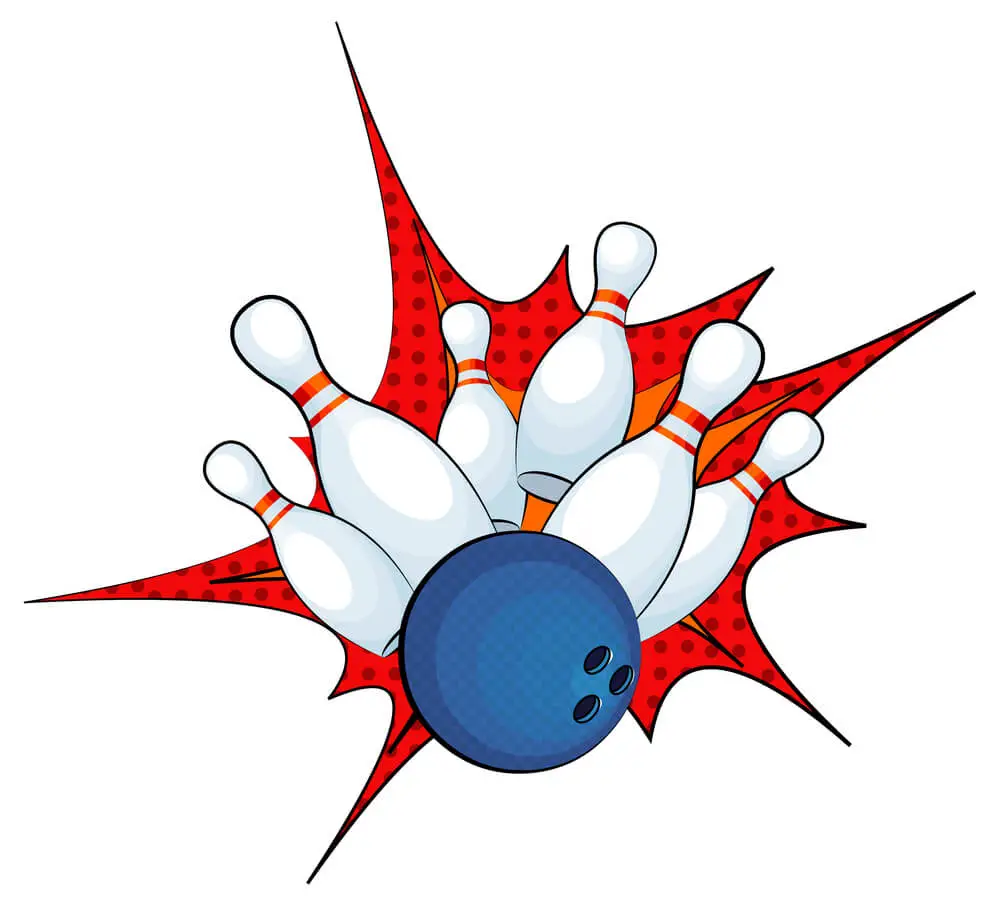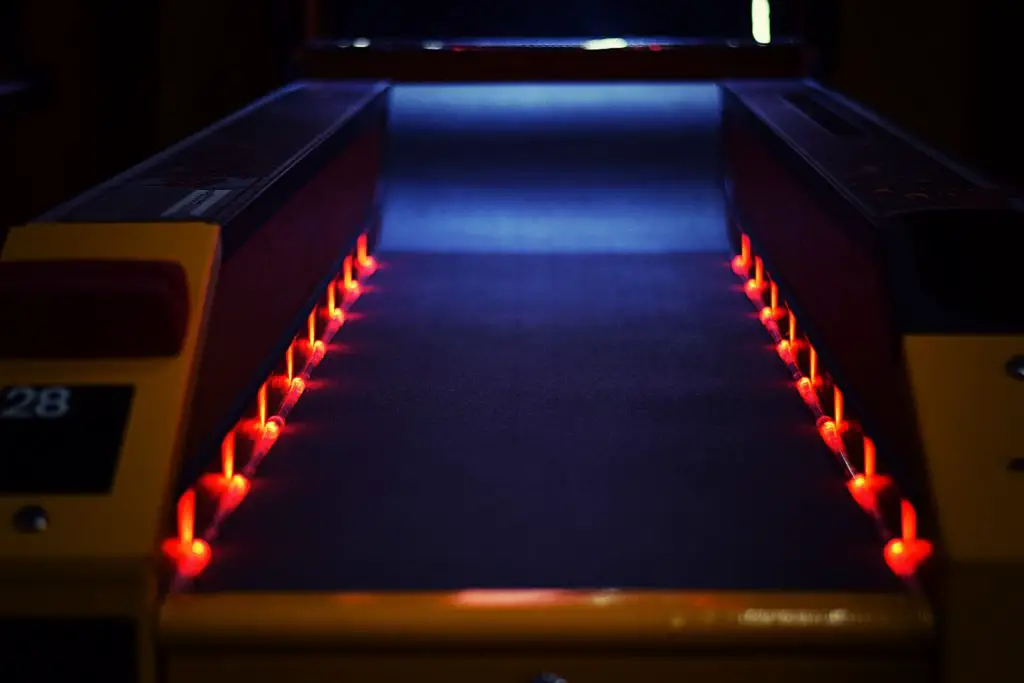
When you’re buying a new bowling ball, you may feel lost. It can be tough to know what to look for and what each feature means. With so many options, it’s no wonder some bowlers get confused. Does that mean all bowling balls are the same size? Let’s review the key points to know about bowling ball size.
What Is the Standard Bowling Ball Size?
Bowling balls are of the same diameter but different in how they weigh. The standard weight of a bowling ball is between 5 and 16 pounds. Be sure to check the weight since some balls are closer to being a different weight than others.
So what’s the average size of a bowling ball? Most bowling balls hold about 15 pounds and are a standard 8 pounds. That’s pretty consistent between the different major manufacturers of bowling balls. So, if you’re looking for an average-sized ball – it’s closest to that 8-pound weight.
The Different Bowling Ball Styles
Before you get too carried away with size, there are also several styles of bowling balls to know about. All-around balls are just right for everyday use since they can easily handle any lane pattern and workload.
A basic core gives it a perfect balance between hook and roll, so this is one of the best choices if you need a great all-around ball that can be thrown in any condition. Asymmetrical styles are perfect for those who desire more hooks without sacrificing roll! One side is over here, so expect some more energy when it comes around on its way down the lane!
If you’re only going to use one ball, though – in other words, if you only bowl once in a while or know what kind of pattern you usually throw on – then that gives more options open for you!
Many newer bowlers enjoy being able to pick out something from their favorite color scheme or brand name when they’re in the store. That’s fine; they won’t need anything too fancy; pick something that has the weight you want! Bowling balls are all pretty standard sizes, but each has an extra weight, which can mildly change how you throw.
In other words, heavier balls will hook more, whereas lighter ones will roll farther – something you must be aware of when you select what is right for you.
What’s the Difference Between Size and Weight?
That’s right – size and weight can be different. And there’s a lot you can learn from that. For example, the balls of the same size may vary in weight, and the same ball of one size may vary considerably in weight depending on the manufacturer, lane condition, and oil condition of the lane.
If you’re unsure if the ball you’re buying is the right size or weight, test it out.
Try a ball at a local league and see how it feels. Two main factors can impact a ball’s weight: the brand and oil condition. The outcome of these two factors can significantly change the weight of a ball, so it’s important to know the difference between size and weight.
Some brands may produce a heavier ball than their counterparts. This is due to the brand’s oil blend, the hardness of the lane condition, and the bowling style of the bowlers.
How Do You Measure a Bowling Ball?
When you’re examining a ball, there are many things you can look at to tell how heavy it is. The weight is the most important factor because it affects how your ball goes down the lane and how long and affects your ability to throw it accurately.
The weight of bowling balls comes in pounds, ounces, and kilograms, depending on where you live. The ball’s weight is generally used as the difference from standard weight.
Each bowling ball’s weight has its standard. For example, the average weight of a medium-heavy bowling ball is 7 pounds and 12 ounces.
Any ball that weighs more than seven pounds twelve ounces is classified as heavy, while any ball that weighs less than this tends to be lighter.
Again, each type of bowling ball has its own weights requirements, so having a picture in your head with this information will help you find your best fit!
How Do You Determine if a Ball is Right for You?
Bowling balls vary in weight according to lane condition, oil condition, and different styles of bowlers. However, it’s important to know how comfortable you are before entering the lanes when playing bowling.
If you are a beginner and have no idea what type of bowling balls are good for you, then ask one of your friends who already know about this or who bowls regularly!
When buying new equipment for any sport, it’s important to know everything about it before purchasing them, so you use them accordingly.
So make sure to ask questions along the way when you’re playing to make sure you’re using them correctly.
FAQs
Does Oil Affect the Weight of the Ball?
No, it does not. The weight of the ball depends on your style and ability. Oil does not change the weight or size when you have it in your hand or bowl it. Sometimes you may play with styles that require a heavier ball than another style. Do not be concerned if you play with a heavy ball, even if you have played with a lighter one, because oil doesn’t change its weight. If used correctly, oil doesn’t change its weight as well!
Conclusion
You can bowl like a pro now that you know all about the standard bowling ball size. No matter how experienced you are, you’ll always benefit from a little more practice. And what better way to improve than with a new bowling ball? Effective ball-striking requires a good ball and a good grip. This is why it’s important to know the standard bowling ball size. With this knowledge, you can choose a new bowling ball that’s just right for you. A ball that allows you to bowl as you mean it.





